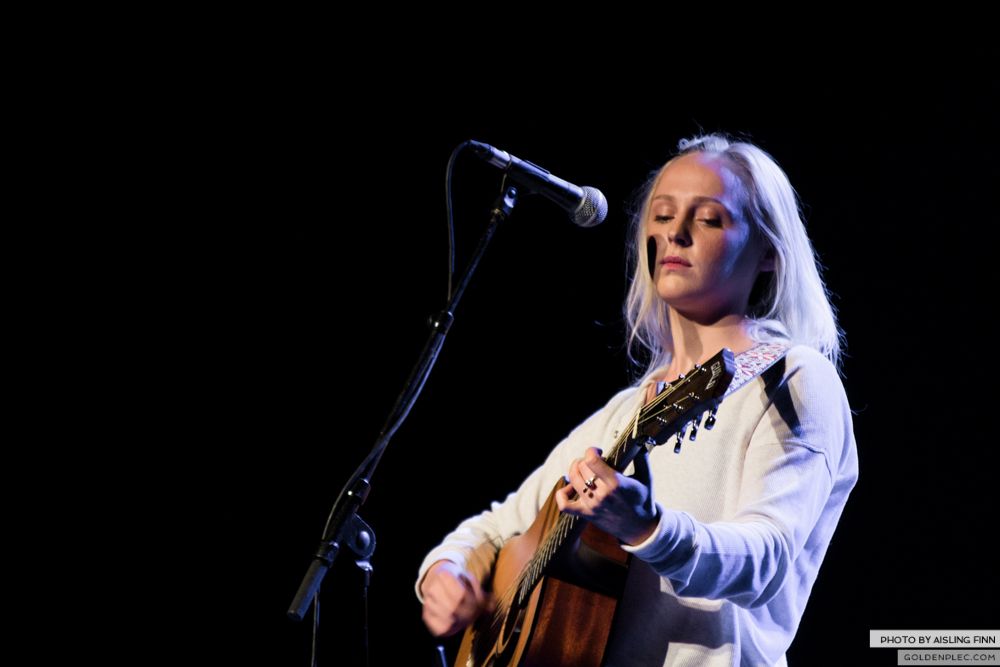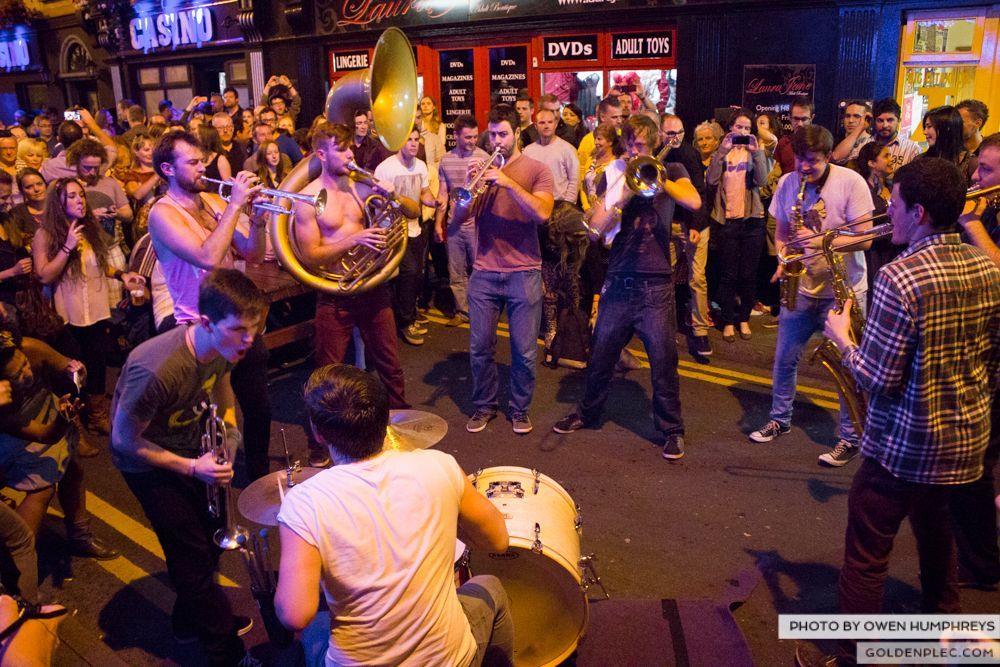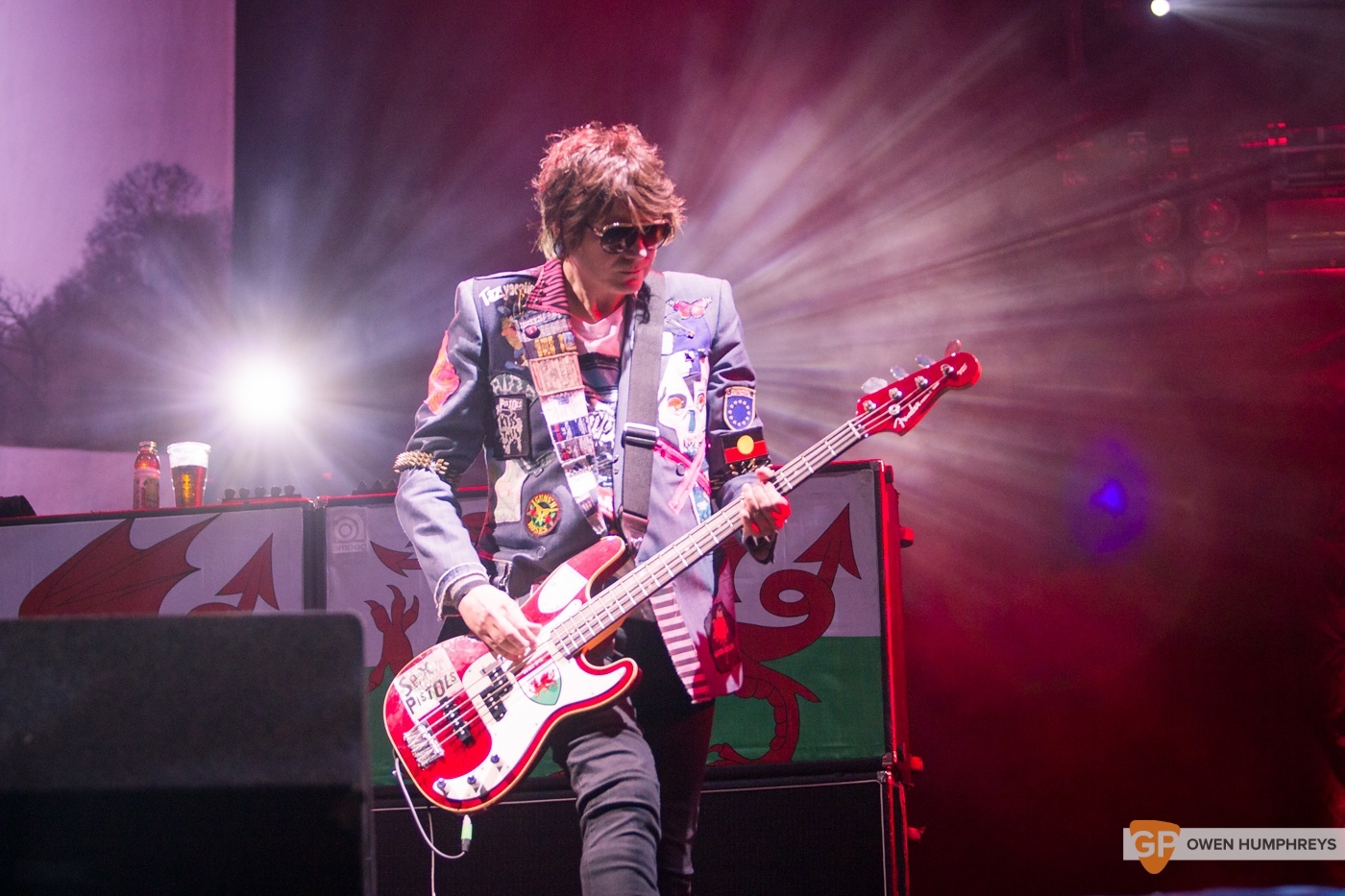We all know the drill. Band thanks everyone for coming. Band tells everyone what a good time they’ve had. Band plays their “last song”. Band exits stage left. A couple of minutes and a few “one more tunes!” later, Band reappears to nobody’s surprise. Band plays another 2-3 songs. Band thanks everyone again. Band exits stage left. Again.
What is the point of this charade? Why is the encore such an indelible part of the gig-going experience? On the one hand it is slightly ridiculed and lampooned by both those in front of the stage and those on the stage, but on the other hand there is a risk of outrage and angry social media feeds if it is omitted. How did we get here?
Encore is a French word meaning 'again' or 'once more'. The calling of an encore has its origins with classical soloists and was a demand by way of applause or cheering for the performance of a piece which was not on the programme. The important word here is 'demand'. The audience has to actually want the performer to come back out. Unfortunately, the encore has become so de riguer that most of the time when the band leaves the stage, the audience just chat amongst themselves for the five minutes until the band reappears to general disinterest.
Top tip #1: if your audience don’t care whether you come back out, you probably don’t need to come back out.
These days the encore is a pre-planned part of the set for most bands or musicians – it’s there on the set list, separated from the main set by a dotted line usually. This is because, as concerts have become more of a show which include complicated lighting sequences synced to the songs, dry-ice, dancers and big screens showing visuals, it makes it impossible to do an encore unless it’s unplugged or stripped-back in some way. Your lighting and sound engineers would have a heart attack of you decided to play something off the cuff in the 3Arena or similar venues.
So, in order to play an encore in the true sense of the word these days, it has to be a genuine response to audience demand i.e. a spontaneous encore. A recent example was a Booka Brass Band show at a jam packed Speakeasy Tent at Longitude. The band played a pre-planned encore but the crowd were having such a good time they wouldn’t leave. The tent was shut down so the band went outside in to the field and played for another half hour. Now that’s an encore.
Some artists, such as Bruce Springsteen and Pearl Jam, are exponents of the multiple encore, although it is generally how many (if any) of their encores are scripted. Yep, you better sit tight at one of their gigs because it’s never going to end.
Top tip #2: if your set is two hours or more, your audience are probably exhausted and just want to go home. Why not let them go home happy and ditch the encore? Leave your audience wanting more, not less.
The other option of course is to just not play an encore. The Manic Street Preachers never do. Lana Del Rey often doesn’t. When Laura Marling played Whelan’s a few years back she simply stated “I’m not going off stage, I’ll sing a few more songs and when I say it will be my last song, it will be”. Beautiful.
Often an encore can be a slightly deflating experience because there is huge expectation that this will be the climax of the gig. Back in November John Grant played a five-song encore in Vicar Street which consisted entirely of slow burning ballads. You’re thinking OK, they’ve left the stage but they still haven’t played 'the song' or 'The other song' so we’ll definitely get those at least, and yet the encore is increasingly becoming the moment when something experimental or, god forbid, new is tested on the audience. This is not the time.
Top tip #3: save some of your hits for the encore. This is not the time to play a re-interpreted bootleg b-side from your first EP which was only released on cassette.
The other popular way of tackling the encore issue is just take the piss out of it. At his Button Factory gig last year, King Creosote lay down at the back of the stage until he felt everyone had cheered enough for him to get back up again. Blink-182 were one of the early adapters of lampooning the encore on their 2000 live album ‘The Mark, Tom and Travis Show’. It’s the obvious way for an artist to get around the awkwardness of this charade.
Yes, the inconvenient truth about the 'encore' is that, much like labels such as 'R'n'B' and 'indie', the meaning has been misappropriated and abused. It’s time to take the power back. Next time you’re at a show, if you want to hear more then scream your head off; if you don’t then leave. But don’t stand around chatting wondering why the band haven’t come back.
In the immortal words of Spinal Tap: “Goodnight Springton. There will be no encores!”




